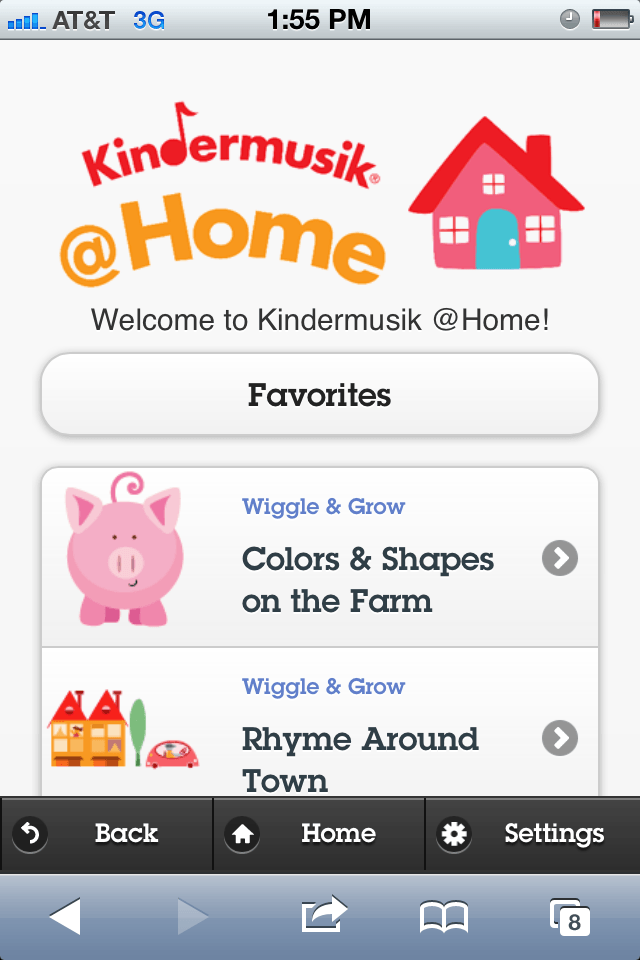“Conjunction Junction wants your function? Hooking up words and phrases and clauses.” Do you know the rest of the lyrics to that old School House Rock favorite? Take a listen and sing along!
[youtube]https://www.youtube.com/watch?v=U6GrqMtlrf4[/youtube]
You might be surprised to learn that the song provided more than a Saturday morning distraction. It also actually taught children about grammar. In fact, a first-of-its-kind research study from Vanderbilt University shows an association between musical rhythm and grammar.
Exploring the links between grammar and musical rhythm
In the study, Reyna Gordon, Ph.D. measured the grammar skills and music skills of 25 typically developing 6 year olds. While the two tests were different, Gordon found that children who performed well on one of the tests also did well on the second test. Musical experience, socio-economic backgrounds, or IQ did not matter. Gordon suggests that the similarities between the rhythms in music and the rhythms of language explain how children who did well on one test also did well on the other.
According to the study, in grammar children’s minds sort the sounds they hear into words, phrases, and sentences. The rhythm of language helps them to properly sort those sounds. In music, rhythmic sequences give structure to musical phrases and help listeners move to a steady beat.
“I’ve been thinking a lot about this idea… is music necessary?” confesses Gordon in a press release. “Those of us in the field of music cognition, we know—it does have a unique role in brain development.”
Yes! Yes, it does!
Don’t Do Try this at Home or in Class
Parents and early childhood educators can support young children’s grammar skills by actively engaging in musical activities together. Try putting on some music or singing a song and inviting children to tap along to the steady beat. Children can clap hands or knees, gently bang a wooden spoon on a plastic bowl, or shake a homemade instrument. This Kindermusik class in the Ukraine tapped to the beat using rhythm sticks:
[youtube]https://www.youtube.com/watch?v=PGrkriXGhBw[/youtube]
Contributed by Lisa Camino Rowell, a freelance writer living in the Atlanta area.



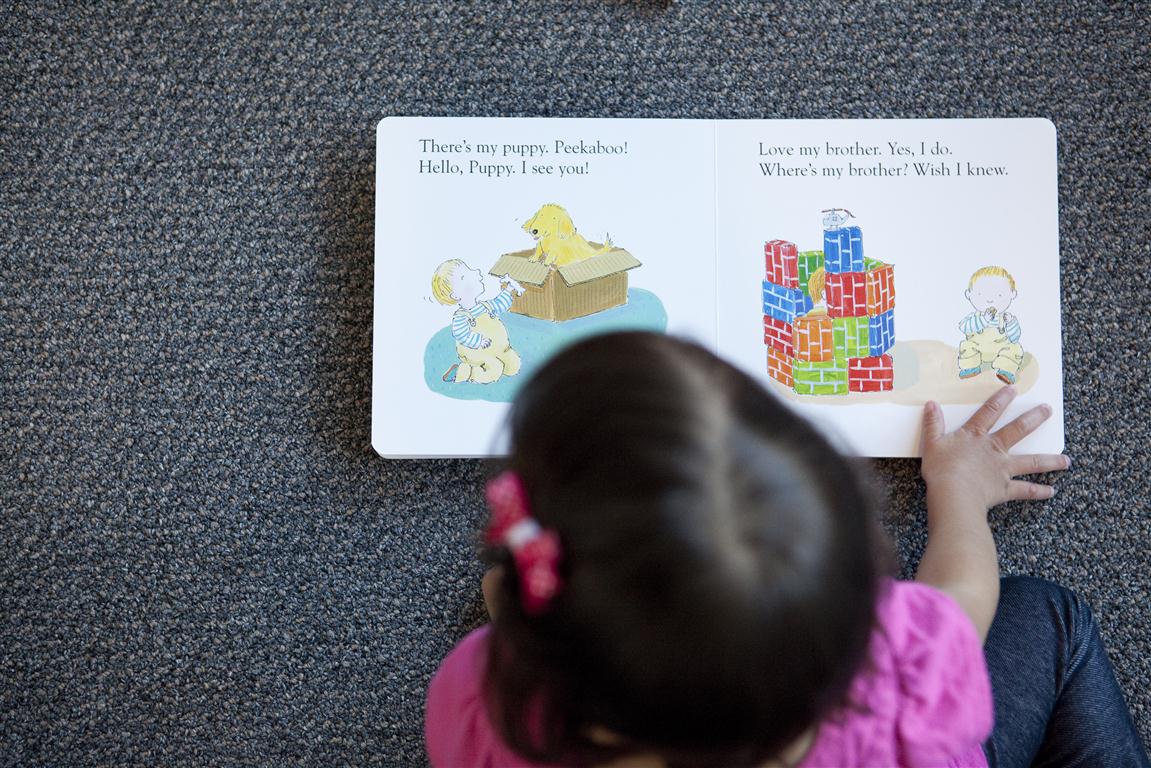
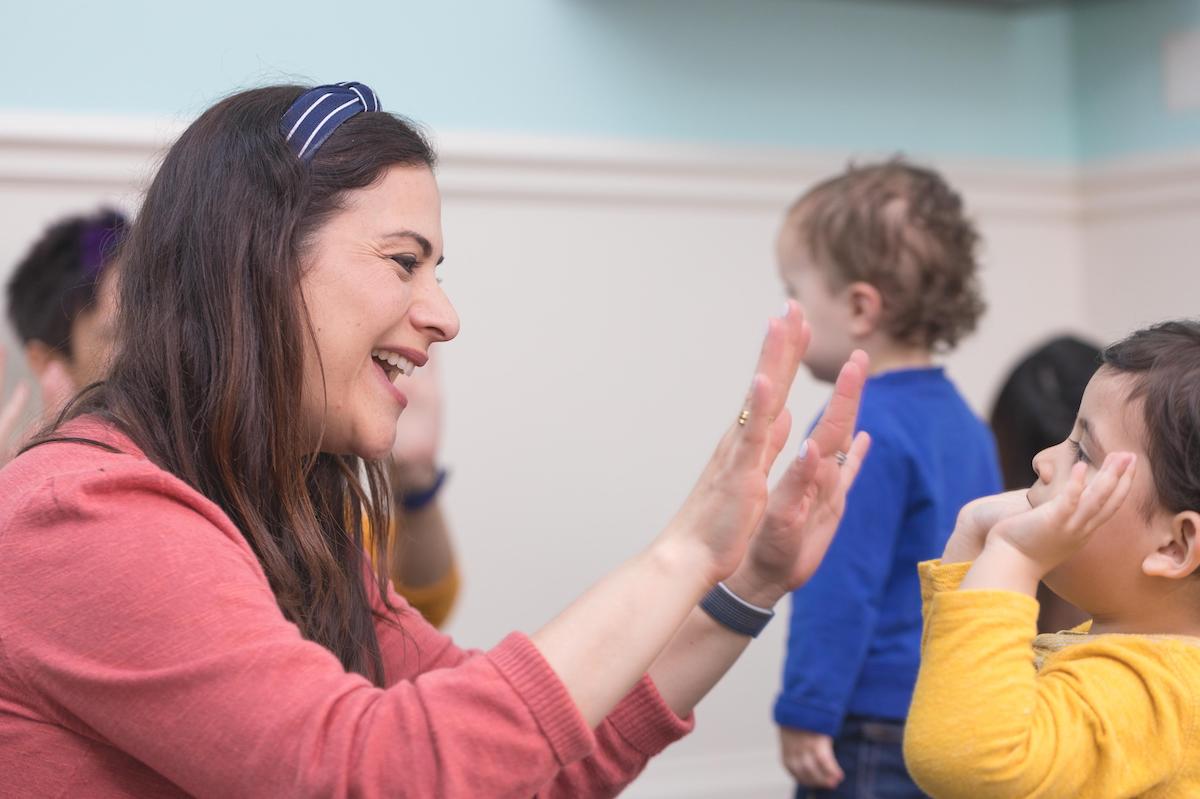
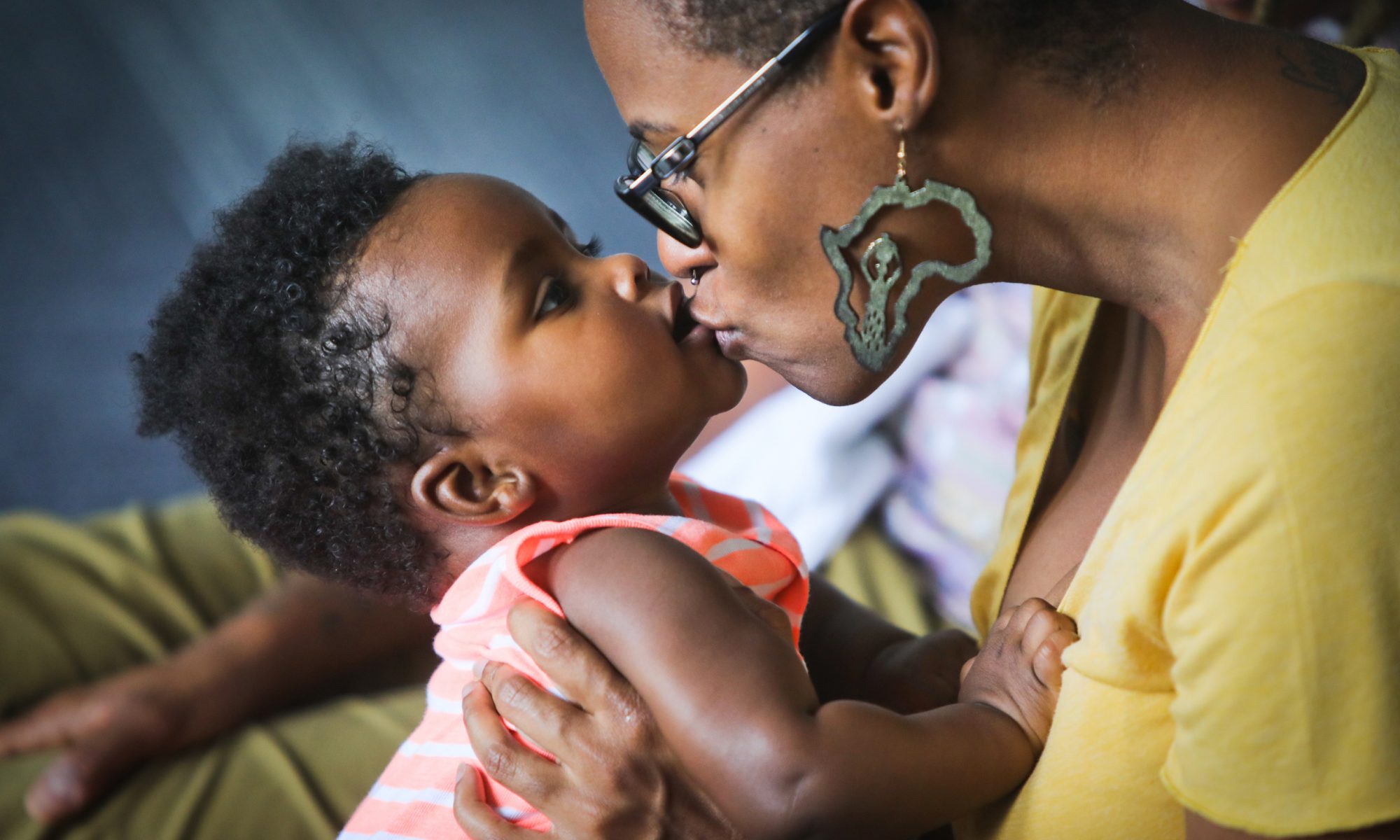
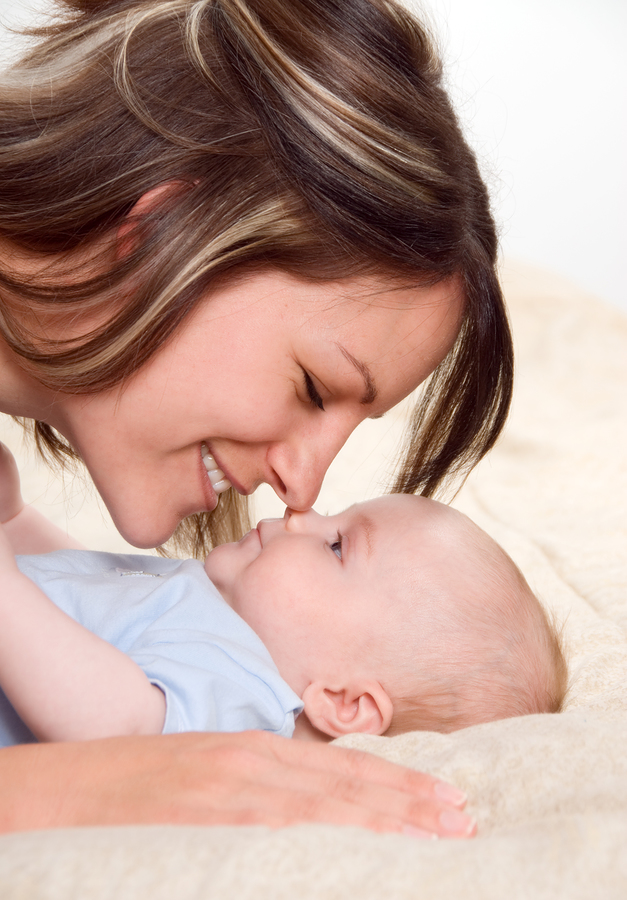
 Do you ever wonder what newborns would say if they could talk? Where am I? What just happened? Who turned on the lights? Whew, that was a lot of work! I’m exhausted. Why is everyone staring at me? Do I have something on my face? Mom! Dad! It’s me! Truth is—most newborns all say the same thing: WaaaaWaaaa!
Do you ever wonder what newborns would say if they could talk? Where am I? What just happened? Who turned on the lights? Whew, that was a lot of work! I’m exhausted. Why is everyone staring at me? Do I have something on my face? Mom! Dad! It’s me! Truth is—most newborns all say the same thing: WaaaaWaaaa!
 Young children learn best through hands-on, multi-sensory experiences with a loving and trusted caregiver. However, with technology firmly imbedded into the daily lives and routines of families today, parents and early childhood educators often struggle with knowing the ideal ways to incorporate screen time that also supports what we know about how children learn.
Young children learn best through hands-on, multi-sensory experiences with a loving and trusted caregiver. However, with technology firmly imbedded into the daily lives and routines of families today, parents and early childhood educators often struggle with knowing the ideal ways to incorporate screen time that also supports what we know about how children learn.